As we make plans to visit family during the holidays, it’s also time to gear up for your first (or fiftieth) Thanksgiving dinner conversation on cannabis legalization. Mainstream America has a ways to go when it comes to accepting marijuana and every one of us has the power to change minds and answer questions in our hometowns. The success of our industry hinges on convincing people who don’t consume cannabis that it is a safe addition to healthy & conscious living.
1. Marijuana is Safer Than Alcohol
As America’s increasing thirst for alcoholic beverages shows–$124.7 billion in sales last year (not including bars & restaurants)–we love our mind-altering substances. Alcohol is responsible for over 25,000 overdoses every year and is correlated with disturbing violence trends. Compared to marijuana with no overdoses ever recorded in history and no association with violence. According to the Mayo Clinic, overuse of alcohol leads to:
- Liver disease
- Digestive problems
- Heart problems
- Diabetes complications
- Sexual dysfunction
- Birth defects
- Bone loss
- Weakened immune system
- Increase risk of cancer
That’s a pretty long list of disadvantages compared to the four known side effects of some strains of marijuana. (Three of these four are actually why cannabis is so popular for people with chronic illnesses or undergoing chemotherapy.)
- Sleepiness (dominate in Indica strains)
- Increased appetite (dominate in Indica strains)
- Short-term memory loss
- Paranoia (dominate in Sativa strains)
2. Marijuana is Safer Than Prescription Painkillers
According to the CDC, prescription painkiller overdoses have reached “epidemic proportions”:
- Prescription painkiller overdoses killed nearly 15,000 people in the US in 2008. This is more than 3 times the 4,000 people killed by these drugs in 1999.
- In 2010, about 12 million Americans (age 12 or older) reported nonmedical use of prescription painkillers in the past year.
- Nearly half a million emergency department visits in 2009 were due to people misusing or abusing prescription painkillers.
- Nonmedical use of prescription painkillers costs health insurers up to $72.5 billion annually in direct health care costs.
Marijuana has been used for pain relief for thousands of years. The Chinese term for “anesthesia” (mázui 麻醉) literally means “cannabis intoxication” and dates back to circa 2600 BCE. Queen Victoria’s personal physician, Sir Russell Reynolds famously prescribed cannabis for menstrual cramps. Prior to the outlawing of cannabis in America, there were at least 2,000 medicines that contained cannabis, produced by over 280 manufacturers.
For many, marijuana has proven to be a safe and reliable alternative to prescription painkillers. A recent study of deaths from 1999-2010 showed that there “was about a 25% lower rate of prescription painkiller overdose deaths on average after implementation of a medical marijuana law.”
3. The War on Drugs Has Failed
After over 40 years and spending well over $1 trillion dollars, the government’s war on drugs has not accomplished any of its goals. The prices of drugs have steadily declined, while usage rates have stayed constant. In fact the U.S. is the number 1 nation in the world in illegal drug use. What we have created is a $320 billion global illegal drug trade industry that criminal cartels use to fund violent agendas–and of course don’t pay taxes.
The Cato Institute estimated that legalizing all drugs in the US would save approximately $41.3 billion in enforcement costs and yield tax revenues of $46.7 billion annually, assuming legal drugs were taxed at rates comparable to those on alcohol and tobacco. Imagine taking those revenues and using them to treat addiction or any other unintended consequences of legalization.
3 Minute Video = Instant Conversation
If you’re still struggling or could use some backup, check out this fantastic video from Editor-in-chief of Vox.com, Ezra Klein.
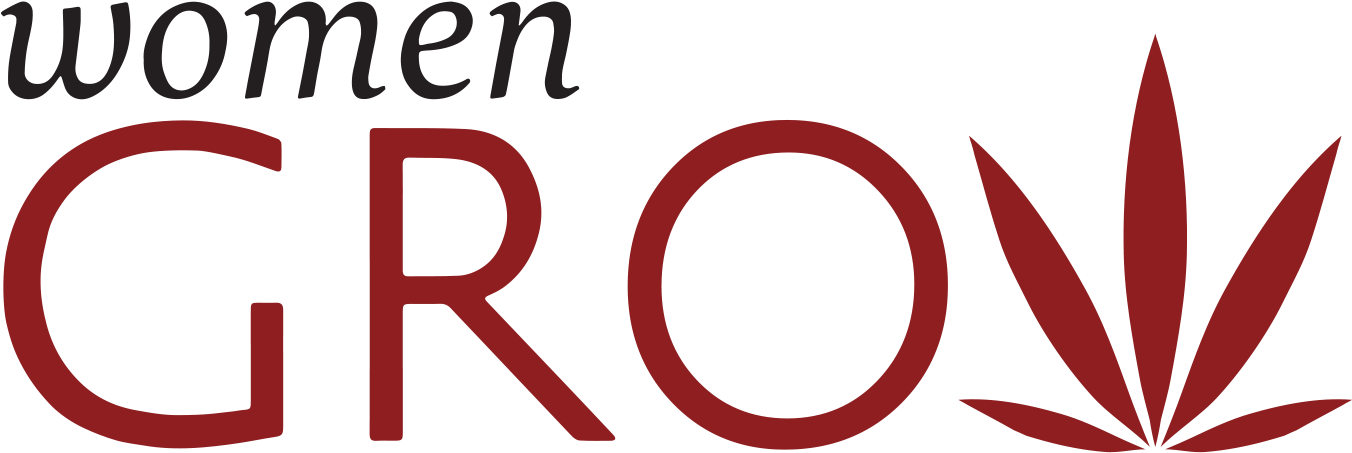
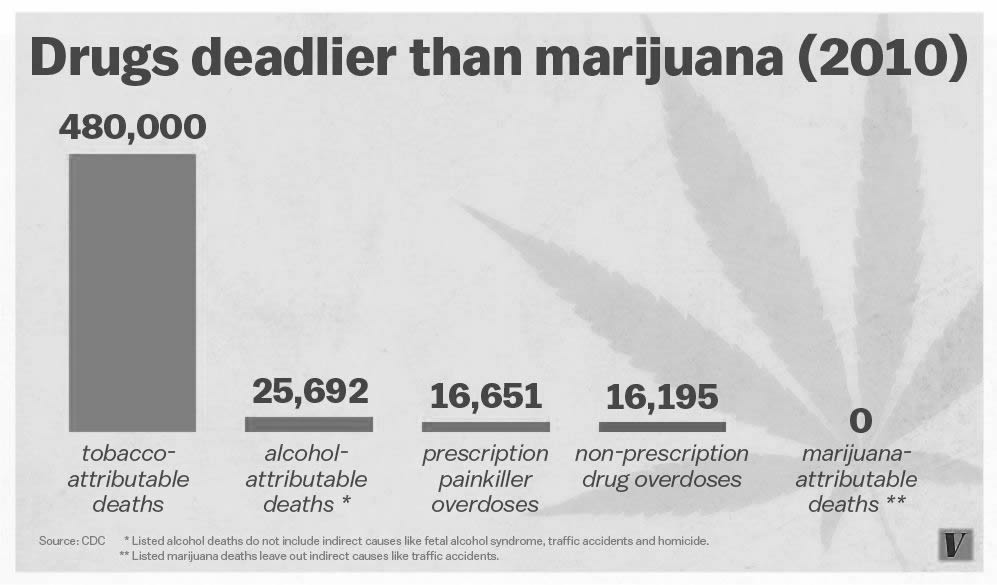
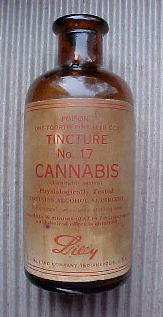
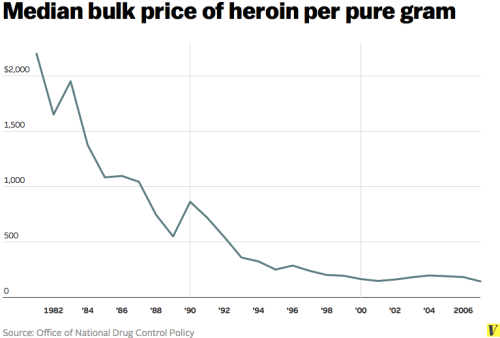

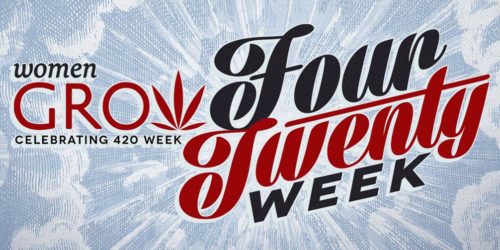
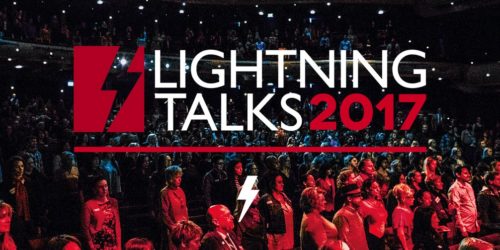

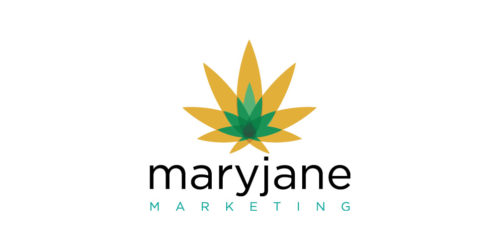
Washington legalized marijuana for medical purposes in 1998, before legalizing recreational marijuana.